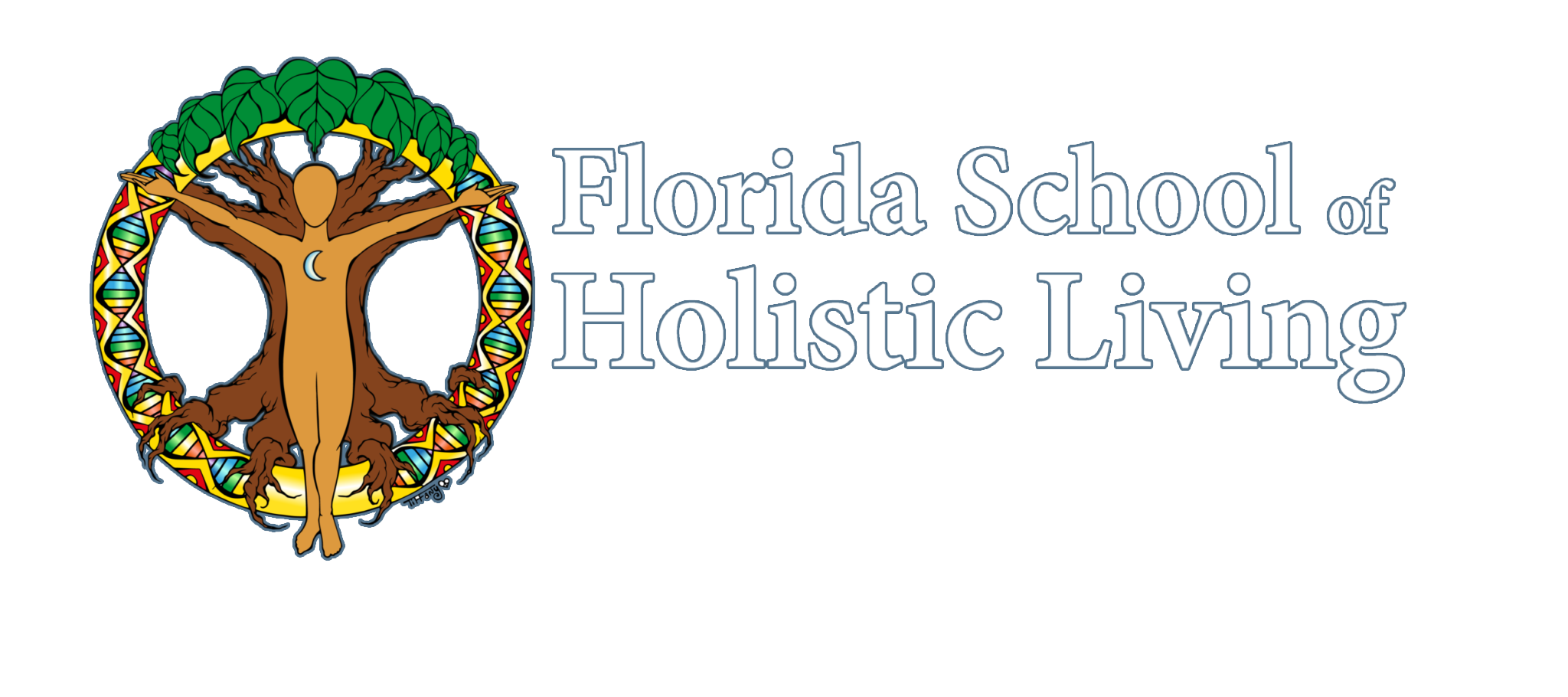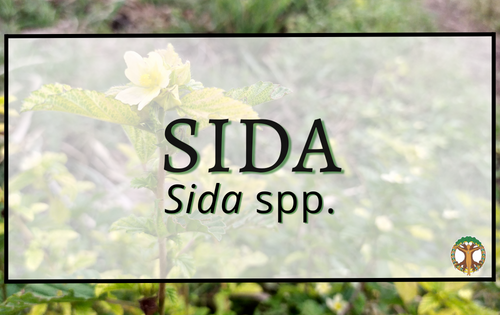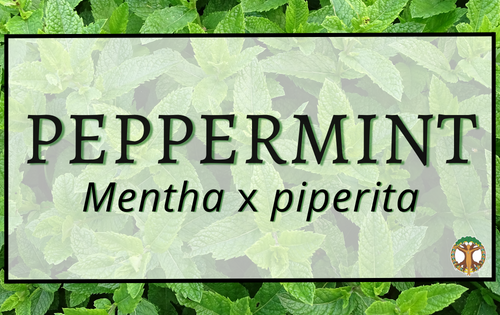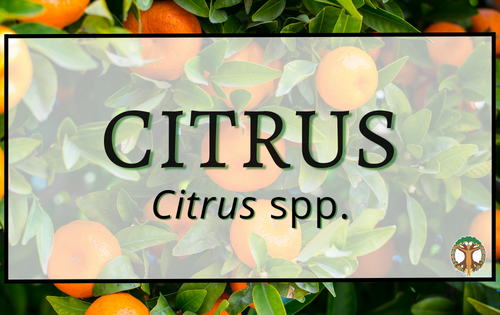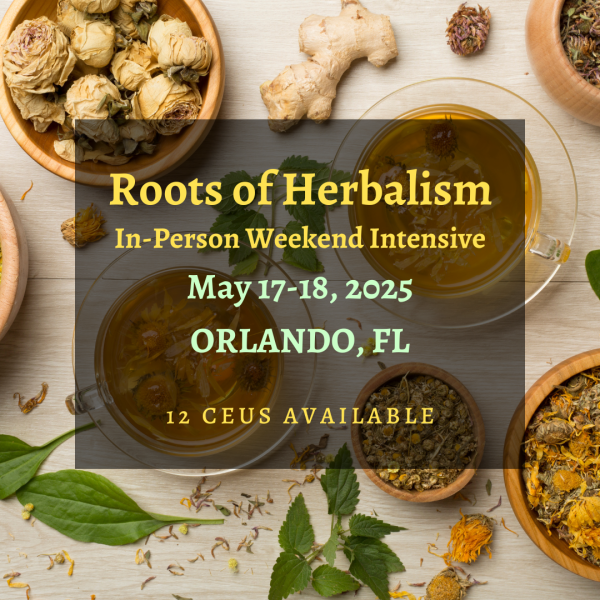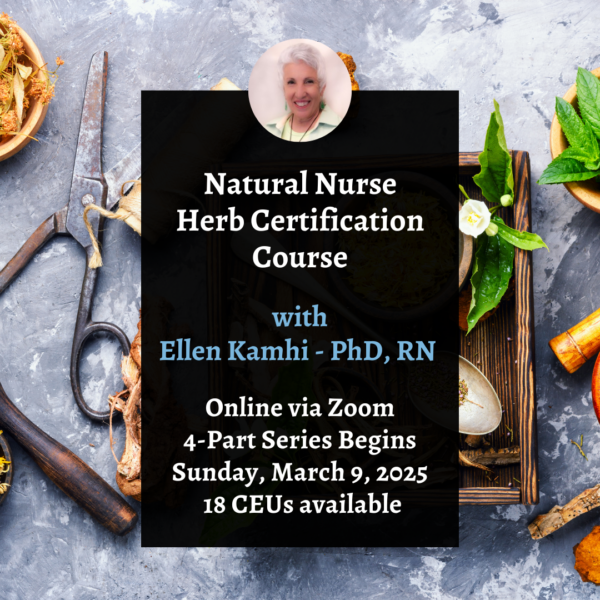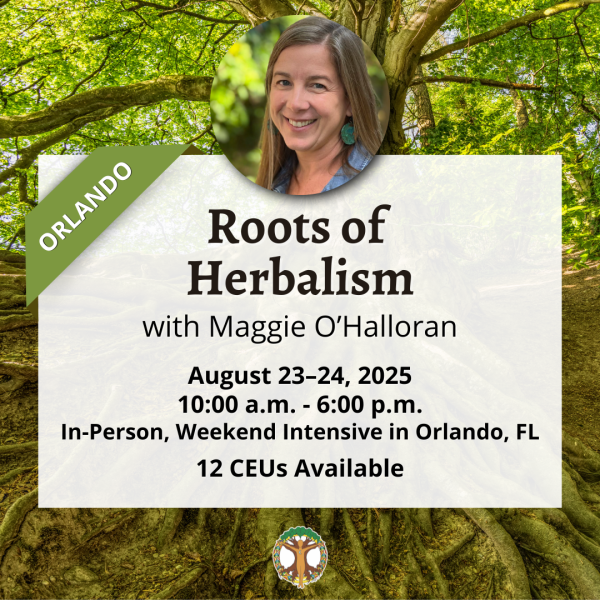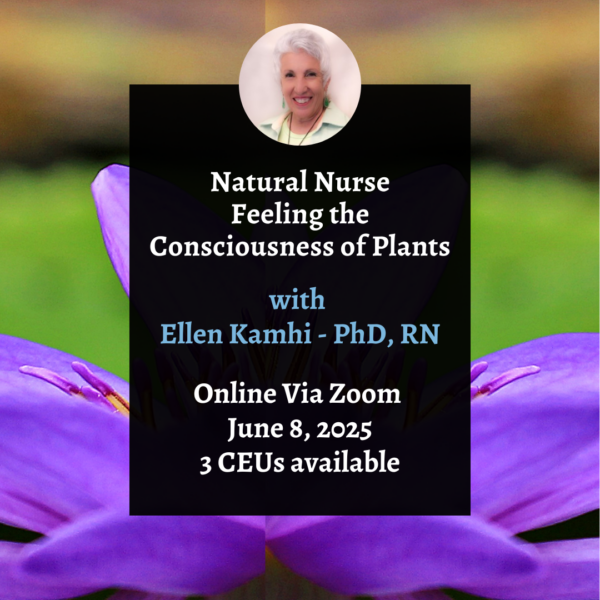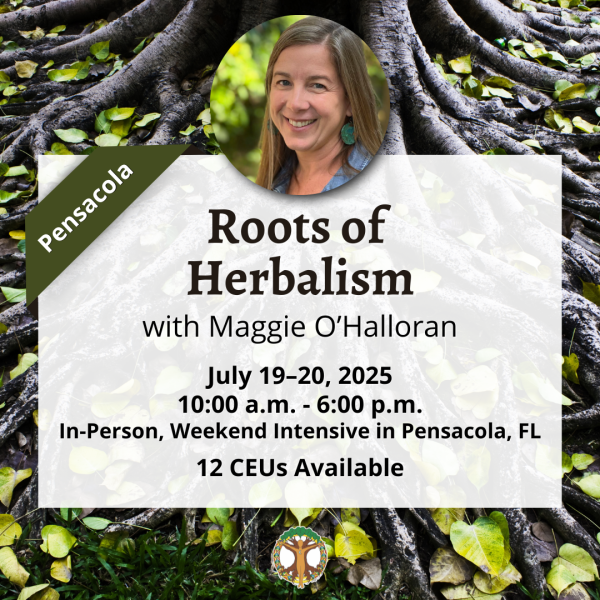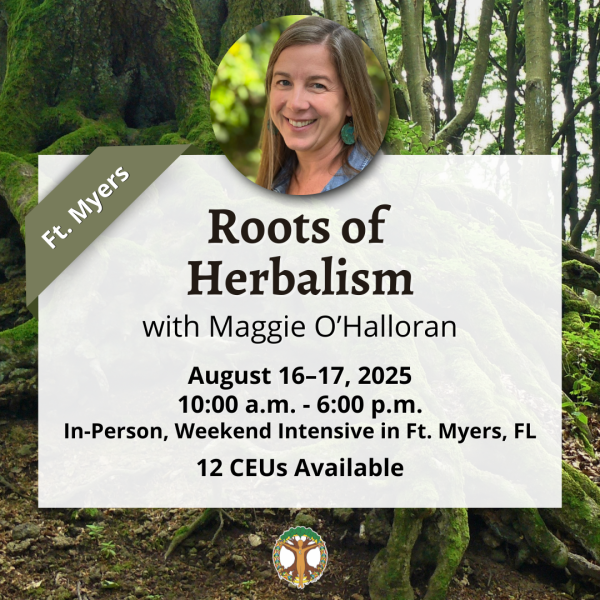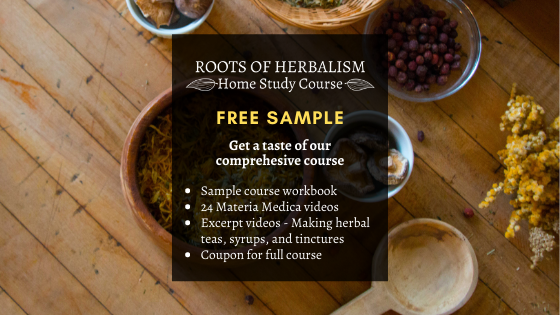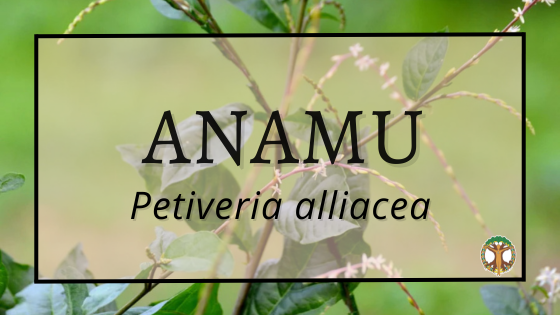
Anamu
Latin Name: Petiveria alliacea
Common Names: Anamu, Guinea Hen Weed, Garlic Weed, Apacin, Gully Root, Mucura, Guinea, Tipi, Mapurite, Zorrillo, Verba de Mucura, herbe aux Poules, embayayendo
Family: Phytolaccaceae
Habitat: Petiveria alliacea is an herbaceous perennial that grows up to 1m in height. Indigenous to the Amazon rainforest and tropical areas of Central and South America, the Caribbean and Africa. Leaves are glossy, 5-10cm long with a distinct midrib and produce a garlicy odor when they are crushed. Tiny white flowers are arranged in a spike. Anamu grows in part shade to shade, and prefers moist, but well drained soil. It is a cold-hardy tropical, that has colonized as far north as Hawthorn and Alachua, Florida.
Parts Used: leaf and root
History/Tradition: Anamu has a long history in herbal medicine in all the tropical countries where it grows. It was described by Carl Linnaeus and first published in his book Species Plantarum, where it was named after botanist and naturalist, Jacob Petiver. The species name, alliacea, is derived from its garlicy onion-like odor. Anamu has been used in a variety of preparations including decoctions, infusions, powdered and as a paste. Historically, it has been used to treat many ailments including malaria, inflammation, arthritis, diabetes, toothache, skin infections, respiratory infections, fever, and headache. In the 1600’s slaves from Africa used anamu to make their masters lethargic, earning its nickname “tame the master” in Brazil.
Energetics: warming and stimulating
Indications: Medicinally speaking, anamu is used for treating infectious pathogens and respiratory congestion. Anamu is commonly used for spiritual and immune protection. It is used as a wash for its antimicrobial and antifungal activity to help with athlete’s foot and other fungal skin infections. A tincture preparation can be taken internally to help with urinary tract infections, pain relief, and other ailments, but applied topically to the skin as a liniment it is useful for muscle pain and headache. Crushing the leaves to release their pungent odor and inhaling may help with sinus infections and headaches.
Systems: respiratory, immune, digestive, musculoskeletal
Actions: anti-cancer, analgesic, antimicrobial, antidiabetic, antiviral, immunomodulator, antirheumatic, diuretic, antispasmodic, emmenagogic, anti-inflammatory, antifungal, diaphoretic
Cautions: It has been used historically as an abortifacient, so do not take while pregnant or nursing.
Constituents: polysulphides, flavonoides, terpenoides, amino acides, essential oils
Culinary Use: Its spicy leaves have also been used in small quantities for flavoring.
References:
https://www.herbrally.com/monographs/anamu
Ethnobotany, chemistry and toxicity of Petivera alliacea: A review Ibrahim Oduola Lawal, Linda Ifeanyichukwu Sowunmi, Musbau Bayonle Olaniyi, Adelola Esther Jegede, Funmilola Olamide Akanni, Idayat Adeola Akinwumi, and Oyinkansade Yetunde Babalola
Written by Jaime Pawelek

